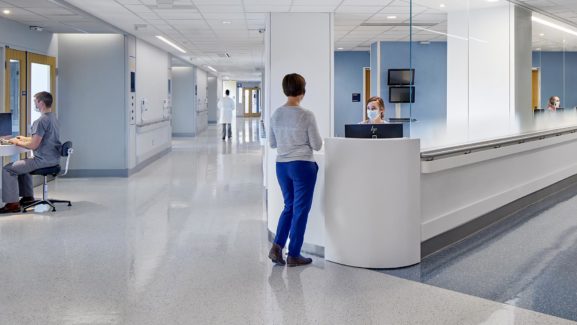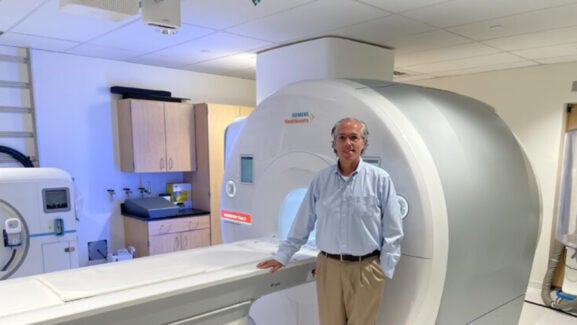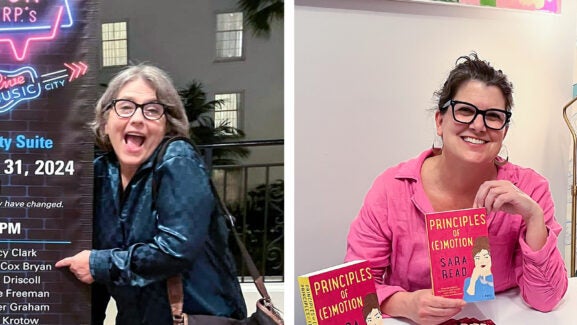
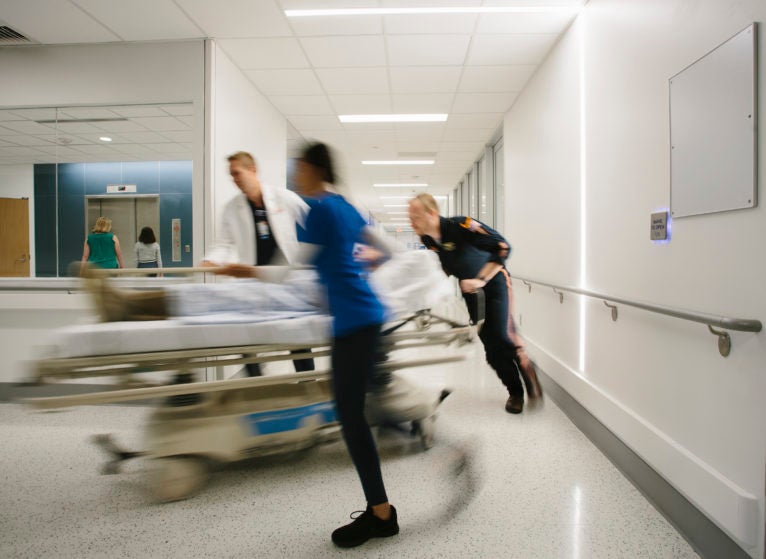
Here Are Answers to 7 Questions Everyone Is Asking About the New ED
As the new Emergency Department (ED) edges towards opening day on Oct. 15, we’ve collected some of the questions team members are asking the most. These questions will feed your curiosity and help you do your job in the new environment.
1) When will units move into the South Tower?
See the below image for a timeline of move-in dates.

2) How much bigger is the new Emergency Department?
Old: 15,000 square feet
New: 45,000 square feet
Old: 63 beds, including hallway beds
New: 80 beds (70 on Oct. 15 plus 10 more in fall 2020 when the Clinical Decision Unit opens in the former ED)
Two new X-ray, Ultrasound, and CT rooms are located where Radiology intersects with the ED.
3) How is the ED organized?
The new ED has six pods:
– 100s: Rapid Medical Evaluation
– 200s: Behavioral Health
– 300s/400s/500s: Emergency rooms, including 3 trauma/resuscitation rooms
– 600s: Pediatrics, including 1 trauma/resuscitation room
Notice all the glass and sunlight? Privacy will be provided by blinds, curtains, and strategically placed film.
The main hallway in the ED, often referred to as “main street,” has equipment/supply storage rooms, workrooms, meeting rooms, and restrooms.
4) What pathways can I use to get to the new South Tower/ED?
– A temporary hallway from the University Hospital lobby to the South Tower lobby will extend past the current ED bathrooms. These bathrooms will be used until the new bathrooms in the South Tower lobby are completed.
– Staff transporting patients from the ED have three options:
1) For helipad and inpatient: Go through the former ED to East trauma/patient elevators (through March 2020)
2) For University Hospital lobby/elevators: Use the the entrance at the current ED breakroom, and go through Radiology past the curved wall
3) From the trauma/resuscitation rooms: Enter Radiology at MRI
– When entering the South Tower from the current hospital ground floor or from Crispell Drive, elevators are available. In case of evacuation, stairways are available.
The below map visually shows the various routes:
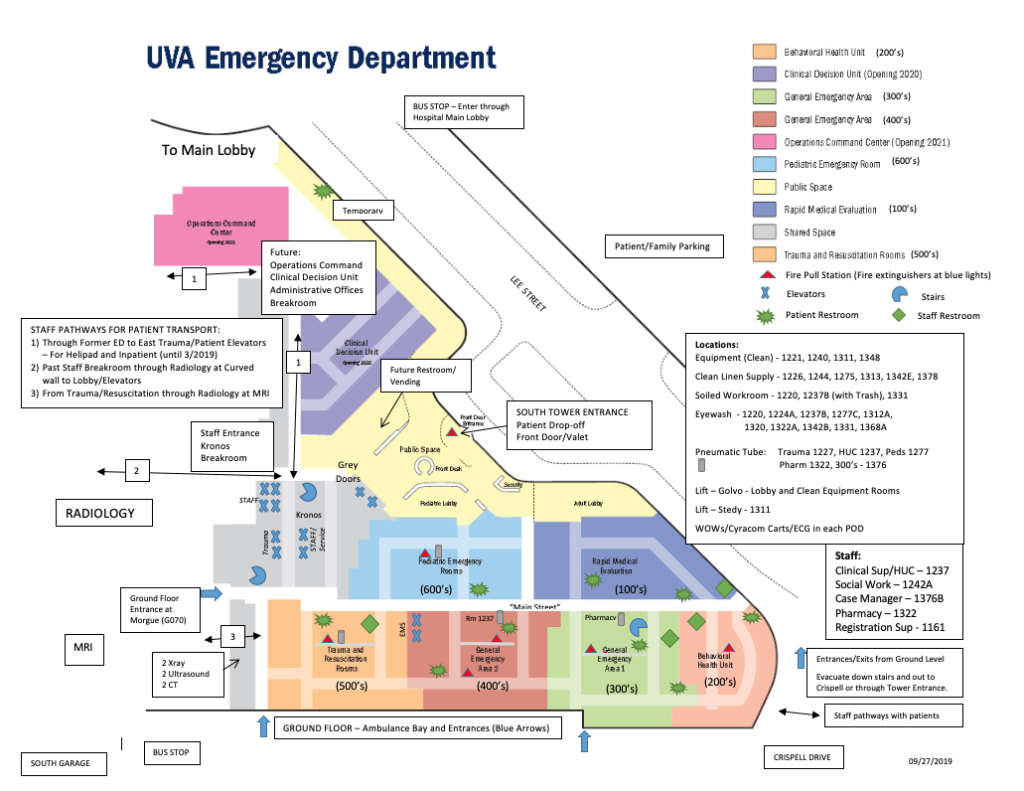
5) What should team members know about the Behavioral Health pod?
The Behavioral Health pod has six rooms plus three flex rooms, which can be used for behavioral health patients or the neighboring pod, based on demand. There are enhanced safety features, including card-reader entry, but it is not a locked unit. There will be no alcohol hand sanitizers in the patient-care area, however, team members can carry pocket-sized hand sanitizer. Many of the processes for working with this patient population remain the same for staff and security.
6) Are there negative pressure rooms in the new ED?
Yes, there are 10 negative pressure rooms. There is one in each of the six pods in addition to the three adult and one pediatric trauma/resuscitation rooms.
Nine of the negative pressure rooms are easily recognizable by the “ball in the wall” above the door, and they all have a touch screen control panel next to the door that will allow the user to change the mode from Normal (alarm will sound when door is left open) to Standard (non-isolation – alarm will not sound if door is left open):
– Door(s) must remain closed in order to maintain negative pressure.
– When the orange ball is visible outside of the room, the pressure is positive (flowing from the room to the hallway).
– When the orange ball is visible inside of the room, the pressure is negative (flowing into the room from the hallway and being vented directly to the outside).
Negative pressure is required for patients who are known or suspected to have the following diagnoses: pulmonary or laryngeal tuberculosis, measles, chickenpox, disseminated shingles, localized shingles in immunocompromised patients, MERS-CoV, or Ebola (specifically, room 104, which has an adjoining room to be used as an anteroom).
7) Are there pharmacists in the new ED?
The ED Pharmacy will be staffed by ED pharmacists and pharmacy technicians who will be an integral part of the patient care team. Additionally, there will be a limited supply of medications to aid in medication distribution. EMS Drug Boxes cannot be exchanged at the ED Pharmacy; they will continue to be exchanged at the Inpatient Pharmacy. Patients will continue to pick up medications at the Education Resource Center Pharmacy.
Keep learning about the new ED with these Connect stories:
- Got 1 Minute? Watch a Slideshow of the New ED
- Light and Bright, the New ED – and the Future – Are Here
- Here Are 9 Cool Tech Items You’ll Find in Our ED Expansion
Latest News

